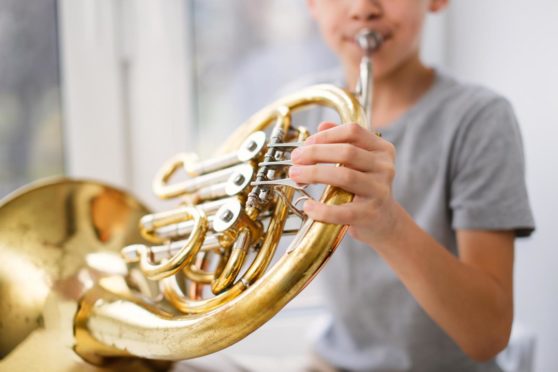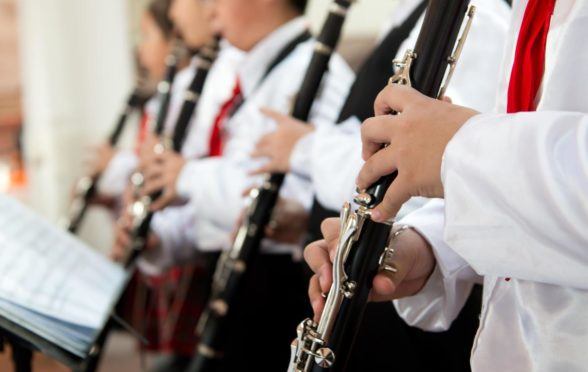Earlier this month, the Scottish Government announced children would once again be able to get free music tuition in schools.
They say the decision will make a difference to parents’ wallets from the start of the new academic year – but how does it work and how can you make it happen?
How much will you save?
In the north and north-east, annual fees ranged from over £300 to £120 for online-only lessons.
Orkney gets a special mention for keeping tuition free – and the Western Isles didn’t charge most pupils, either.
Lessons were also free if they were part of an SQA course, and there were discounts for siblings ranging from 20% to 50%. Other exemptions for those receiving certain benefits also applied.
What age does it apply to?
The general consensus is that pupils can start playing at least some instruments in P4, although the odd area seems to allow some to start in P3.
With the likes of the bagpipes, the strategy can be to start younger pupils off on the chanter and slowly work up to the full set of pipes.
What can they choose to learn?
Strings, brass, woodwind, percussion, voice, piano and piping seem to figure in most of the local authority areas.
So that covers everything from fiddle, clarinet and guitar right through to euphonium (in Shetland) and pipe band drumming.
Take your pick, kids!
What about the instrument?
Most of the time, and depending on availability, you should be able to borrow your child’s instrument of choice from school. Although be warned: if they start enjoying it and improving, they might want their own bassoon/trumpet/fiddle.
Pianos, keyboards and drum kits seem to be the exception – probably because they’re quite difficult to carry home.
What can you do to help your musician?
Highland Council gives this universal advice: Parental and family support at all stages of learning an instrument is essential. This might simply be a suitable time and place to practice regularly at home, or attendance at a performance.
And possibly some soundproofing, depending on the instrument.
Happy listening!
How do you apply?
In most cases, application is online either through a form or an account you can manage.
Shetland and Orkney still offer a good old-fashioned phone number.
Here are some handy links:
More from the Schools & Family team
Top music stars beat the drum to welcome free tuition
Plockton Music School: The Centre of Excellence 21 years on
Pregnant woman forced to stand outside hospital for 40 minutes in appointment wait

